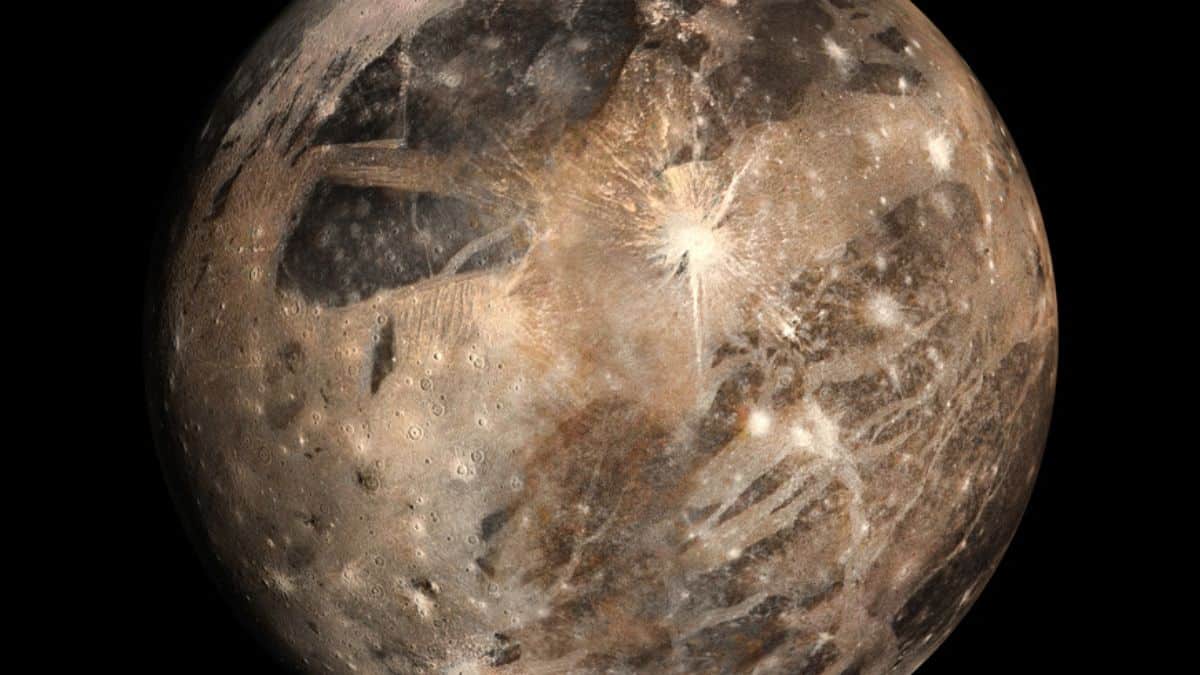NASA’s Juno spacecraft’s observations now presents more convincing data about presence of mineral salts and organic materials on Ganymede, Jupiter’s moon

NASA’s Juno spacecraft, which was launched on August 5, 2011, has been orbiting Jupiter since its launch. Latest updates by Juno asserted observance of mineral salts and other organic materials on one of Jupiter’s moons, Ganymede.
Juno was flying by Ganymede, and the Jovian InfraRed Auroral Mapper (JIRAM) spectrometer collected this new information. JIRAM has also been exploring other Jupiter moons like the lo, Europa, and Callisto. Juno first flew over Ganymede on June 7, 2021.
JIRAM’s data presented a brilliant spatial resolution for infrared spectroscopy, which was more than 0.62 miles per pixel.
This is a significant development, as scientists and researchers would now be able to undertake a deeper study of Ganymede. Ganymede’s origin and deep-ocean composition are some aspects, that researchers can now analyze.
Although Jupiter has about 80 moons, Ganymede has always been of special attraction to scientists. Ganymede is Jupiter’s largest moon. The size of Ganymede is more than the planet Mercury. It possesses a large internal ocean residing below its icy crust.
Until this, observations from various telescopes have just presented hints of the presence of salts, organic compounds, etc. These observations came from telescopes like NASA’s Galileo spacecraft, Hubble Space Telescope, European Southern Observatory’s Very Large Telescope, etc.


